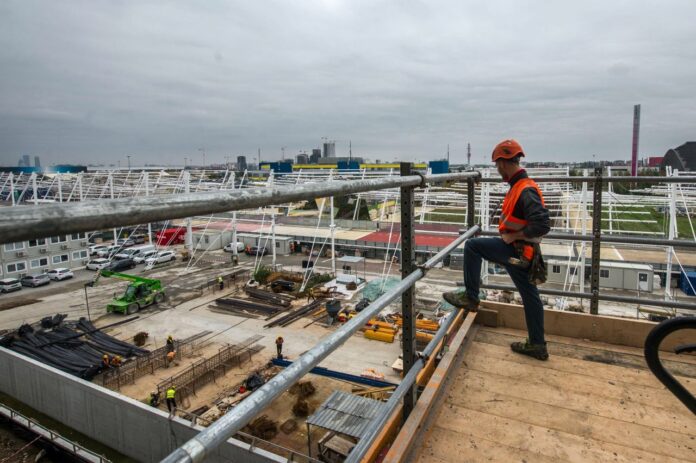
MALTA (ITALPRESS/MNA) – Maltese workers consistently register more hours than their EU counterparts. In 2023, full-time employees in Malta worked an average of 40.4 hours per week, compared to the EU 27 average of 39.6 hours. This trend has been consistent over recent years, with Maltese workers consistently putting in longer hours. The gender gap in working hours is also evident. In 2023, male full-time employees in Malta worked an average of 40.7 hours per week, while females worked 39.9 hours. Both figures exceed the EU averages of 40.1 hours for males and 38.9 hours for females. Over the past six years, Maltàs labour market has experienced significant growth, particularly in the 15-64 age group, where the activity rate rose from 74.1% in 2018 to 80.7% in 2023. This increase was largely driven by female participation, with their activity rate rising by 9.7 percentage points, compared to a 3.1 percentage point increase for males. The highest activity rates were observed among those aged 25 to 54, with 96% of males and a notable 10 percentage point rise for females in this group. In 2023, 78% of individuals aged 15-64 were employed. Male employment rates grew by 0.7% annually, while female rates saw a stronger rise of 1.9% per year. Maltàs national employment rates generally exceeded EU27 levels, particularly for the 15-24 age group, where 50.4% of Maltese youth were employed compared to 35.2% in the EU.
The gender employment gap narrowed between 2018 and 2023, largely due to initiatives encouraging female participation in the workforce. However, in 2023, Maltàs employment gender gap was still 4.3 percentage points higher than the EU27 average. The service sector was the primary driver of employment growth, increasing its share from 57.0% in 2018 to 63.1% in 2023.
Unemployment in Malta has steadily declined, with the rate falling to 3.5% in 2023, below the EU27 average. Youth unemployment, at 5.1%, was also lower than the EU27 average. Additionally, the rate of young people not in employment, education, or training, stood at 8.2%, which was lower than the EU27 figure. Long-term unemployment in 2023 was notably low at 0.8%, 1.3 percentage points below the EU27 average.
– Photo Agenzia Fotogramma –
(ITALPRESS).














